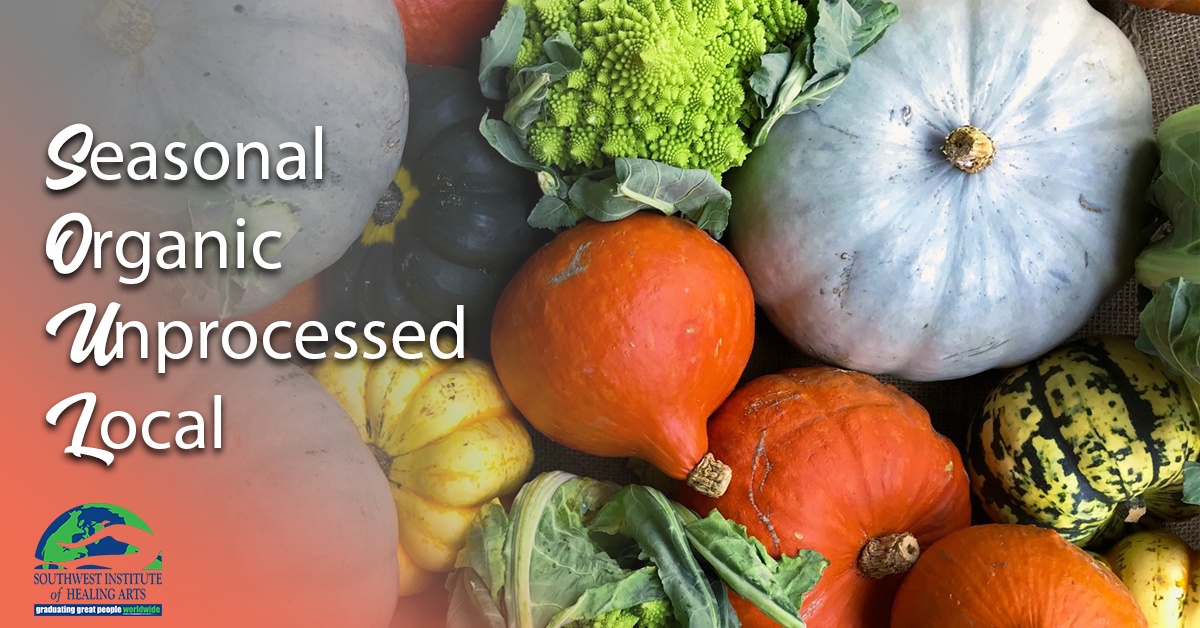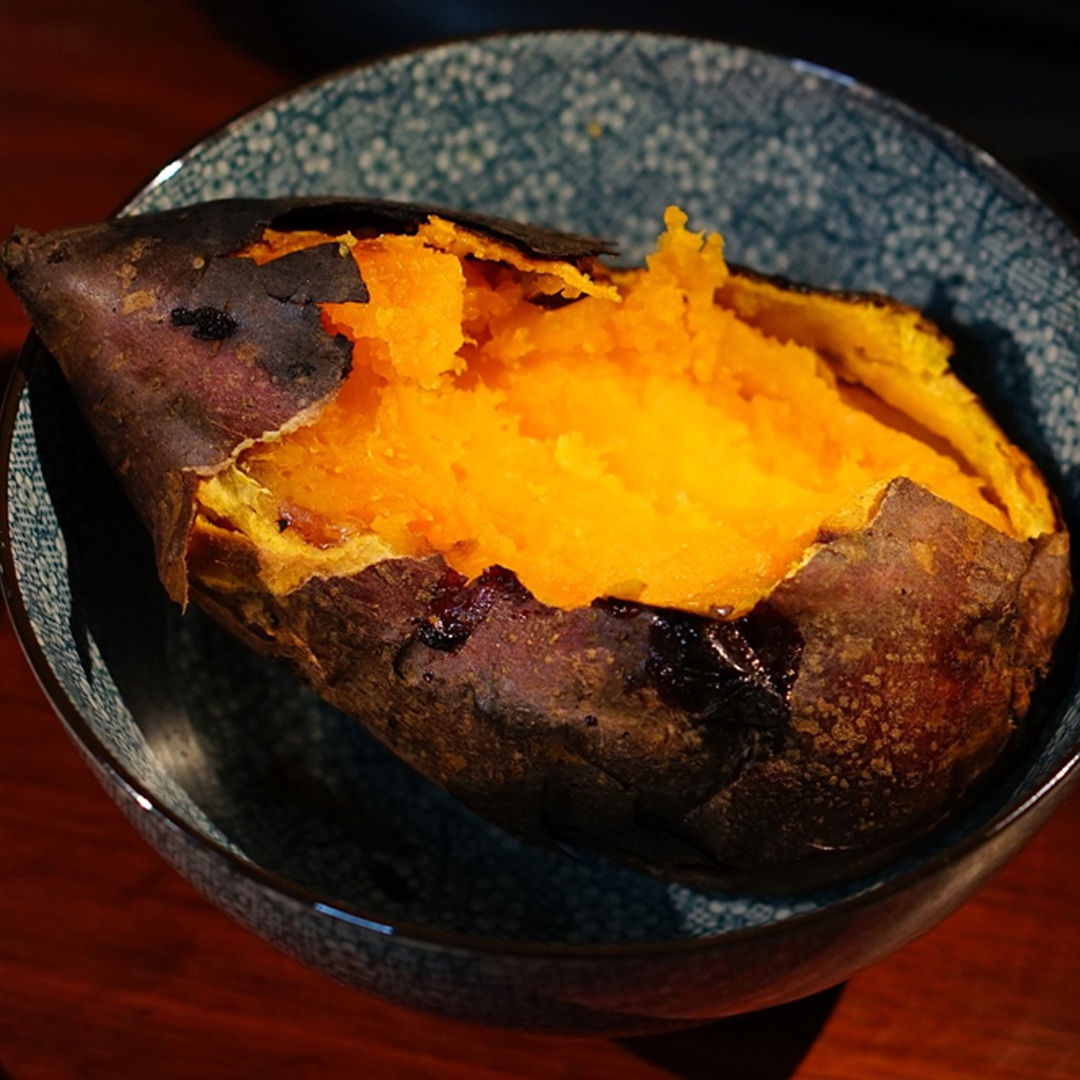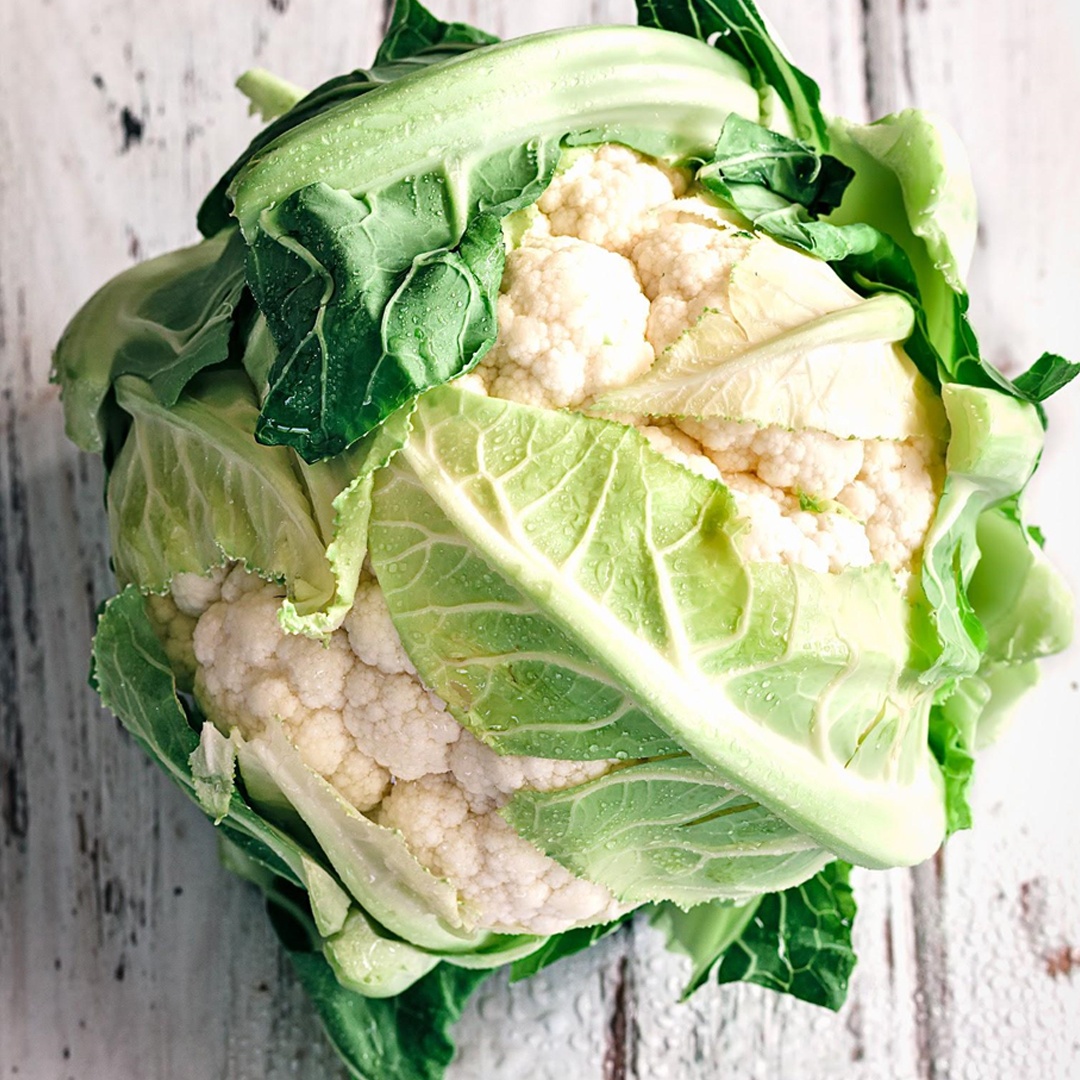
Ahh...there’s a chill in the air, cider in our mugs and eager anticipation of the holiday season in our hearts!
Autumn is abundant; it’s when we reap the benefits of our hard summer’s work and give thanks for our blessings. Though, before you go overboard with the Halloween candy and turkey dinners, consider visiting your local farmer’s market and reaching for some of the delicious and nutritious foods in season this fall!
What to Shop For
The fall season brings a harvest of healthful and super tasty produce. From the entire cruciferous family (like cauliflower and cabbage) to root veggies (carrots, onions, sweet potatoes) to the iconic squash crew (such as pumpkins, zucchini, and butternut squash), there’s plenty of inspiration to be found.
Here’s some of the most nutritious and easy-to-incorporate options for autumn produce:
 Beets
Beets
Beets are versatile, flavorful and can be enjoy roasted, pureed, or even shaved raw over a salad. They’re packed full of nutrients like potassium, magnesium, phosphorus, iron, vitamins A, B, and C, and beta-carotene, which are all important during the colder seasons when our immune systems may take a hit.
Look for beets that are smooth, firm and have fresh-looking greens attached. Store in the crisper drawer of your fridge and scrub off excess dirt just before cooking. Bonus: sautee the beet greens with some garlic (also in season!) and a splash of olive oil. Delicious!
 Sweet Potatoes
Sweet Potatoes
Rich and naturally creamy, sweet potatoes pack a nutritional punch containing carotenoids, vitamin E, potassium, and even copper. There’s a huge array available in autumn, from the traditional Jewel sweet potato to the colorful Garnet and Purple Stokes varieties. Roast, mash, puree or slice and bake -- this root veggie can be an entree or a side dish!
Choose sweet potatoes that have a weight to them and are uniform size for consistent cooking, and store in a dry and dark place to avoid sprouting. It’s best to buy them only a few days in advance. You can even eat the skin of the sweet potato for some extra fiber; it’s super yummy when cripsy!
 Pumpkins
Pumpkins
They’re not just for carving! Pumpkin is delicious in smoothies and salads, hearty chilli and bisques, and their seeds make a tasty snack when roasted. Pumpkins are low in saturated fat and contain virtually no cholesterol or sodium. They’re an excellent source of vitamin E, thiamin, niacin, vitamin B6, folate, iron, magnesium and phosphorus.
Not all pumpkins are optimal for eating, so do some research on your desired dish to find the best varietal for it. Pumpkins range from sweet to tangy, fleshy to firm, and smooth to textured. They store best in a cool, dry area.
 Apples
Apples
Another staple fruit of the fall season, apples deliver a satisfying crunch full of soluble fiber and vitamin C. They range from sweet, like Fujis and Galas, to tart like Honeycrisps and Granny Smith. The humble apple can be served in yogurt or oatmeal, baked in dessert or eaten on its own. Make sure to consume the peel, though! Two thirds of the fiber and a ton of antioxidants are contained in the outer layer.
When choosing apples, look for ones that are firm and free from bruises. Avoid storing them near avocados, bananas or citrus fruit; the ethylene omitted from apples may cause other ethylene-sensitive produce to ripen too quickly.
 Grapes
Grapes
In autumn, you can find varietals of grapes that aren’t available at any other time of the year, such as the tart concord and sweet champagne. These bite-sized delights are a part of the berry family and contain vitamin K, vitamin C, many antioxidants, and resveratrol, which has anti-inflammatory properties. Enjoy them as-is or use them to add some natural sweetness to grains or greens. They’re even excellent as frozen treats!
When choosing grapes, pay close attention to the stems as they’ll tell you a lot about when the fruit was harvested. Avoid any wilted,brown stems and instead opt for ones which are green and firm. Brightly colored grapes (amber or ruby) are a sign that they’ll pack a major flavor punch.
 Pears
Pears
Anjous, Bartlett, Forelle, and Seckel pears are all in season during fall. They’re a great compliment to sweet or savory dishes and range from custard-like to firm in texture. They’re full of fiber and potassium and an excellent source of pectin, a complex carbohydrate that detoxifies, regulates digestion, and stimulates the immune system.
Pears ripen from the top-down, so pick ones that are firm and without bruises, and allow them to sit at room temperature. If you notice they’re getting a little too soft, you can place in the fridge to preserve them for an additional 3-5 days.
 Cauliflower
Cauliflower
Trendy and delicious, cauliflower are in-season during the autumn months. Though we’ve seen them turned in to everything from pasta to pizza crust, the best way to eat cauliflower is as unprocessed as possible. They can be consumed raw with a root-veggie puree dip, or lightly roasted with some shallots and garlic. Cauliflower is packed full of protein (one head contains 11g!), thiamin, riboflavin, niacin, magnesium and phosphorus.
The bigger the head of cauliflower doesn’t necessarily mean its better. Look for compact in the middle, with fresh green leaves surrounding it and a creamy, buttery color as opposed to stark white. You’ll also notice colored cauliflowers in the store; the coloring is completely natural and due to additional antioxidants; the taste, however, is the same.
Why Buy In-Season, Local Produce?
All produce can be grown and harvested somewhere in the world year-round. However, transporting fruits and veggies across the country--and sometimes the world--isn’t economically or ecologically advantageous. By opting for local and seasonal produce, you directly help your community’s farmers and reduce your overall carbon footprint. In-season produce also contains higher concentrations of nutrients, is freshly harvested, and often times more cost-effective.
To learn all about how to shift your habits in to a S.O.U.L food (seasonal, organic, unprocessed and local) diet, check out Southwest Institute of Healing Art’s Holistic Nutrition program. Classes are available online and on campus. They’ll truly change your life and provide you with the tools to help other do the same by creating a profitable coaching business!
Enjoy live video from our Facebook featuring Holistic Nutrition instructor Janet Lee talking all about the wonderful advantages of fresh food and fascinating nutrition tips!
Happy harvest, and may the abundance continue!


